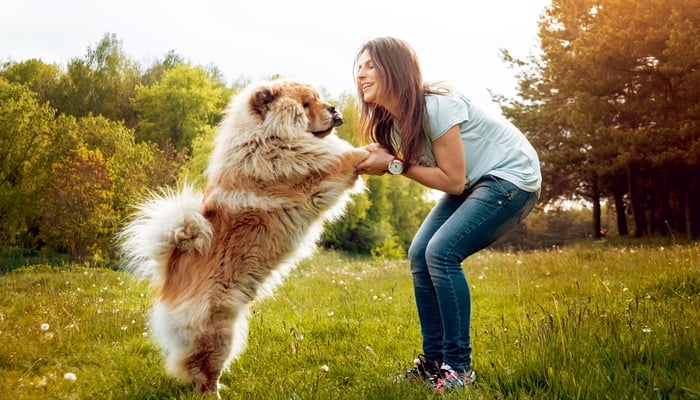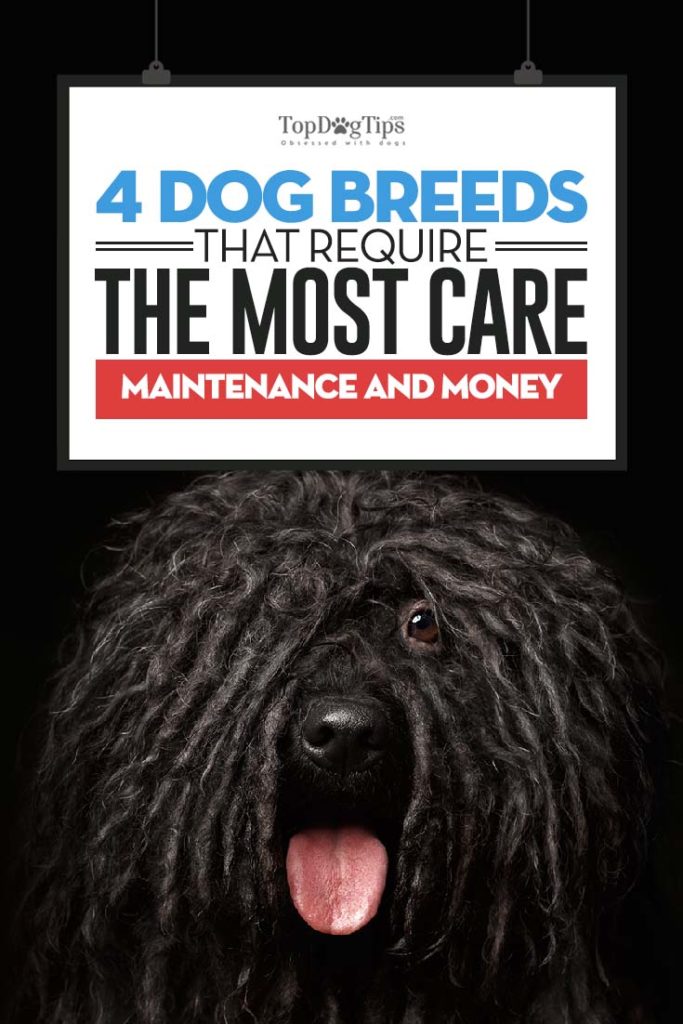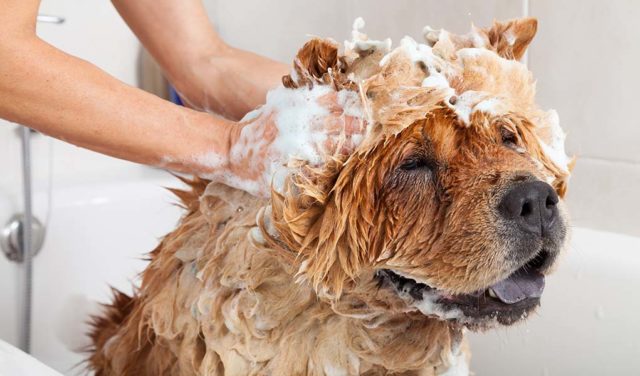
Table of Contents
Bringing a new canine companion into your home is a big decision and one that should be met with careful consideration.
After all, your new furry friend is going to be part of your family for many years, so it is important to know what exactly you can expect from this new addition.
While no breed is perfect, and every dog requires dedicated attention, there are a few dog breeds that tend to require more care, maintenance, and, ultimately, more money than other dogs.
Every dog and every breed is unique. But these costly dogs are more likely to make a dent in your wallet – from an increased risk of health problems to essential dog grooming needs and other excessive maintenance; these particular dogs are going to require more pampering and care from pet owners than your average pup.
If you're looking to adopt a dog and wondering how much a dog will cost, make sure you add some extra funds on top of the average pet budget if your target canine happens to be one of these four costly dog breeds.
However, by educating yourself on what to expect with these dog breeds, you can be a fully-informed, fully prepared new pet owner.
Understanding the common health issues, grooming needs, and everyday care that a breed requires will help you to be ready to take on whatever challenges come your way and even prevent some huge expenses.
RELATED: 25 Most Affordable Low-Cost Dog Breeds
4 Dog Breeds That Require the Most Care, Maintenance, and Money
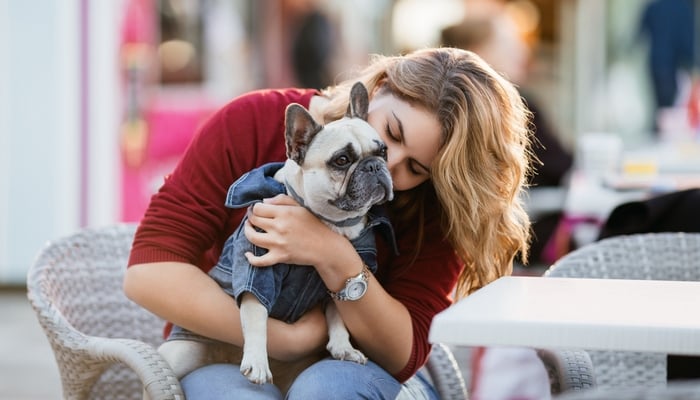 1. French Bulldogs
1. French Bulldogs
Stout, spunky, and known for their signature bat ears—there are very few breeds that can compare to the look and the charm of the French Bulldog.
Unfortunately, these cute canines often come with a great deal of maintenance and the potential for some pretty high vet bills.
You could say their high costs start before they are even born.
That adorable short and stout build of the ‘Frenchie’ makes it nearly impossible to breed.
Most dogs must be artificially inseminated in order to make new puppies.
Plus, for females, their build typically makes natural birth extremely challenging, with a majority of puppies requiring a cesarean section birth.
With all of this extra maintenance, before the average French Bulldog is even born, it should be no surprise that these precious pups typically need a great deal of extra care throughout their lives.
That short, stocky build that makes breeding a challenge can also cause a number of other issues.
French Bulldogs are at risk for vertebrae issues and premature degeneration, meaning they may need ongoing medical care to treat disc diseases and other back problems.
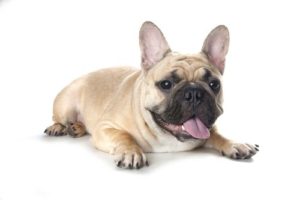 While most owners can’t get enough of the Frenchie's bat ears, according to the American Kennel Club (AKC), these big ears are prone to infection.
While most owners can’t get enough of the Frenchie's bat ears, according to the American Kennel Club (AKC), these big ears are prone to infection.
They need to be checked and cleaned regularly to remove both wax and debris.
That shortness, pushed in the snout, may also cause some health problems.
The AKC goes on to note that the short faces can make breathing difficult for French Bulldogs.
They are high-risk patients should they need to go under anesthesia and are at a higher risk for overheating from stress or strenuous activity.
This breed is known for its snorting and noisy breathing, but owners should be on the lookout for Frenchies who spit up foam.
This is typically a sign of very common issues such as a pinched nostril or elongated soft pallet common in brachycephalic dog breeds.
While most owners will agree that there is no amount of maintenance that can overshadow the joy of a Frenchie's smile or the obnoxiously adorable snoring this breed is famous for, extra care regimens and a number of potential health risks can make them one costly breed to own.
DEFINITELY READ: 20 Most Expensive Dog Breeds from Around the World
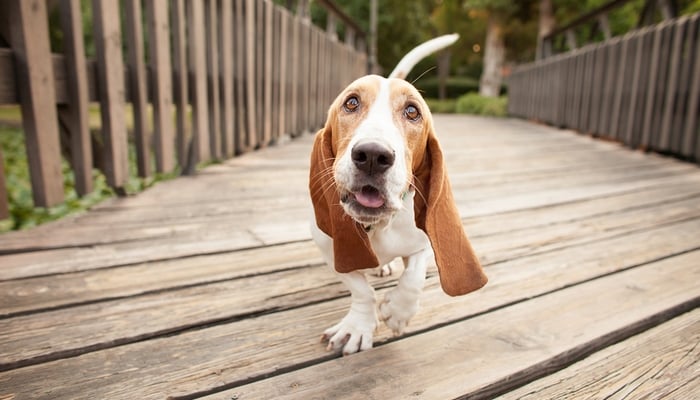 2. Basset Hounds
2. Basset Hounds
One looks into the droopy, sad eyes of a Basset Hound, and it’s hard not to fall in love. These friendly, floppy friends may be relatively small in size, but they come with a large list of potential health problems.
The first is bloat.
For pet owners who aren’t familiar with bloat, it is one of the most devastatingly common conditions to impact dogs to date.
In addition to being an expensive and often risky condition to treat, bloat or gastric dilatation-volvulus, is one of the leading causes of death among pooches today.
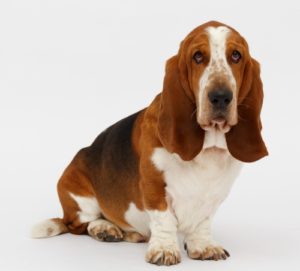 As for those goofy, oversized ears, unfortunately, due to their size, they are very likely to become infected with mites and bacteria and will need to be cleaned regularly.
As for those goofy, oversized ears, unfortunately, due to their size, they are very likely to become infected with mites and bacteria and will need to be cleaned regularly.
How about those cute wrinkled faces?
Those wrinkles, known as skin folds, need to be cleaned as frequently as possible.
If not, they can become a cesspool for bacteria and often cause infections that can be extremely difficult to treat.
Owners will also need to pay close attention to their Basset Hounds’ droopy eyes, which, while endearing, are prone to disease and infections.
It's best to speak with your veterinarian about what to look for when it comes to eye issues, as they need to be treated as quickly as possible to save your pup's eyesight.
Make sure to set aside some money for a fenced-in yard, or get ready for some on-leash exercise with Basset Hounds.
These dogs need daily exercise, like most larger-breed dogs.
However, because they are hunting dogs, if they catch a scent, get ready to chase them for miles.
RELATED: 20 Best Short Hair Dog Breeds That are Easy to Groom
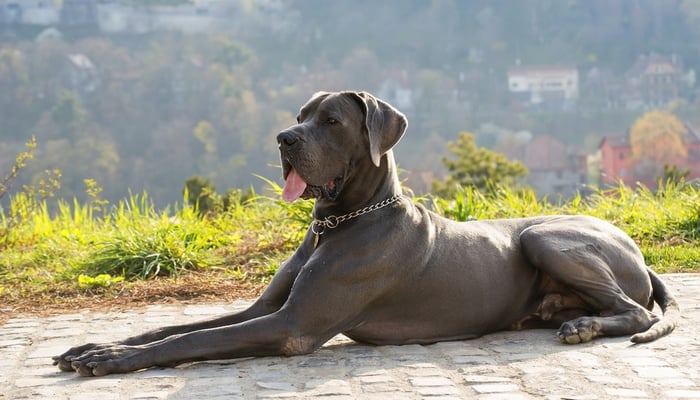 3. Great Danes
3. Great Danes
The Great Dane is every big dog lover's dream: an oversized pooch that wants nothing more than to spend its days snuggling on the sofa.
These gentle giants are a favorite among everyone, from growing families to young urban professionals.
In fact, since they need so little exercise, Great Danes are actually the perfect apartment dog.
However, all of the perks of these lovable canines also come with just as many potential issues. The first is the overall daily cost of keeping such a large dog.
Known for reaching up to 200 pounds, owners should expect to pay more for food, treats, and medication just to keep up with the sheer size of Great Danes.
Additionally, dog crates, kennels at boarding facilities, and beds for XXL dogs are not cheap, and they are going to add to the overall cost of keeping a Great Dane.
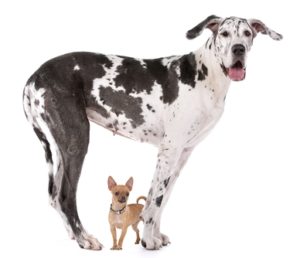 Unfortunately, these demure dogs are also prone to a number of health issues, including cardiomyopathy, entropion, joint issues, and hip dysplasia. Like Basset Hounds, bloat is also a serious problem among Great Danes, and according to Embrace Pet Insurance, the cost of treating and diagnosing this condition can be as high as $7,500.
Unfortunately, these demure dogs are also prone to a number of health issues, including cardiomyopathy, entropion, joint issues, and hip dysplasia. Like Basset Hounds, bloat is also a serious problem among Great Danes, and according to Embrace Pet Insurance, the cost of treating and diagnosing this condition can be as high as $7,500.
Bloat is such a serious issue in this breed that some breeders recommend owners have early stomach stapling surgeries when their dogs are still young to prevent bloat and stomach flipping from happening in the future. In fact, many Dane owners find this expensive, although effective, surgery to be a must-have procedure for preventing ongoing canine bloat problems in these dogs.
RECOMMENDED: 25 Most Serious Dog Health Symptoms That Cannot Be Ignored
4. Chow Chows
Perhaps one of the most unmistakable breeds on the planet, the Chow Chow has been sporting a signature look and unmistakable style for centuries.
This ancient Chinese breed is characterized by its thick, fuzzy hair and is one of the highest-maintenance breeds out there!
In addition to getting out tangles and cleaning the breed’s notoriously thick coat, regular grooming is essential to avoid matting and skin infections.
However, cleaning that thick hair is only half the battle.
Chows are also prone to flea infestations. In addition to being common targets for the pests, most owners don’t even realize their dog has fleas due to the thickness of the Chow's coat.
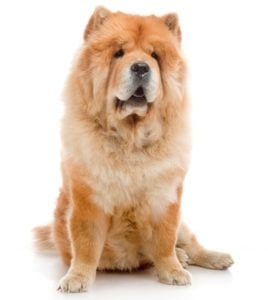 By the time they realize it, they are dealing with a full-on infestation.
By the time they realize it, they are dealing with a full-on infestation.
Fleas, ticks, and other parasites are nearly impossible to find through their thick coats, so owners may as well expect issues with pests.
Proper flea and tick prevention is essential; frequent grooming can help lessen these chances.
Unfortunately for Chow owners, potential health risks don’t stop there.
Vet visits may be as frequent as trips to the groomer. While breeding has eliminated some of the health issues that Chow Chows had in the past, they are still prone to certain problems.
According to DogBreedHealth.com, this includes a variety of eye issues, including glaucoma, labored breathing, a high risk of overheating, joint issues, circulatory problems, and hip and elbow dysplasia.
With these furry and fuzzy friends, it is important to stay on top of their possible health issues and be ready to stay on the lookout for potential problems.


